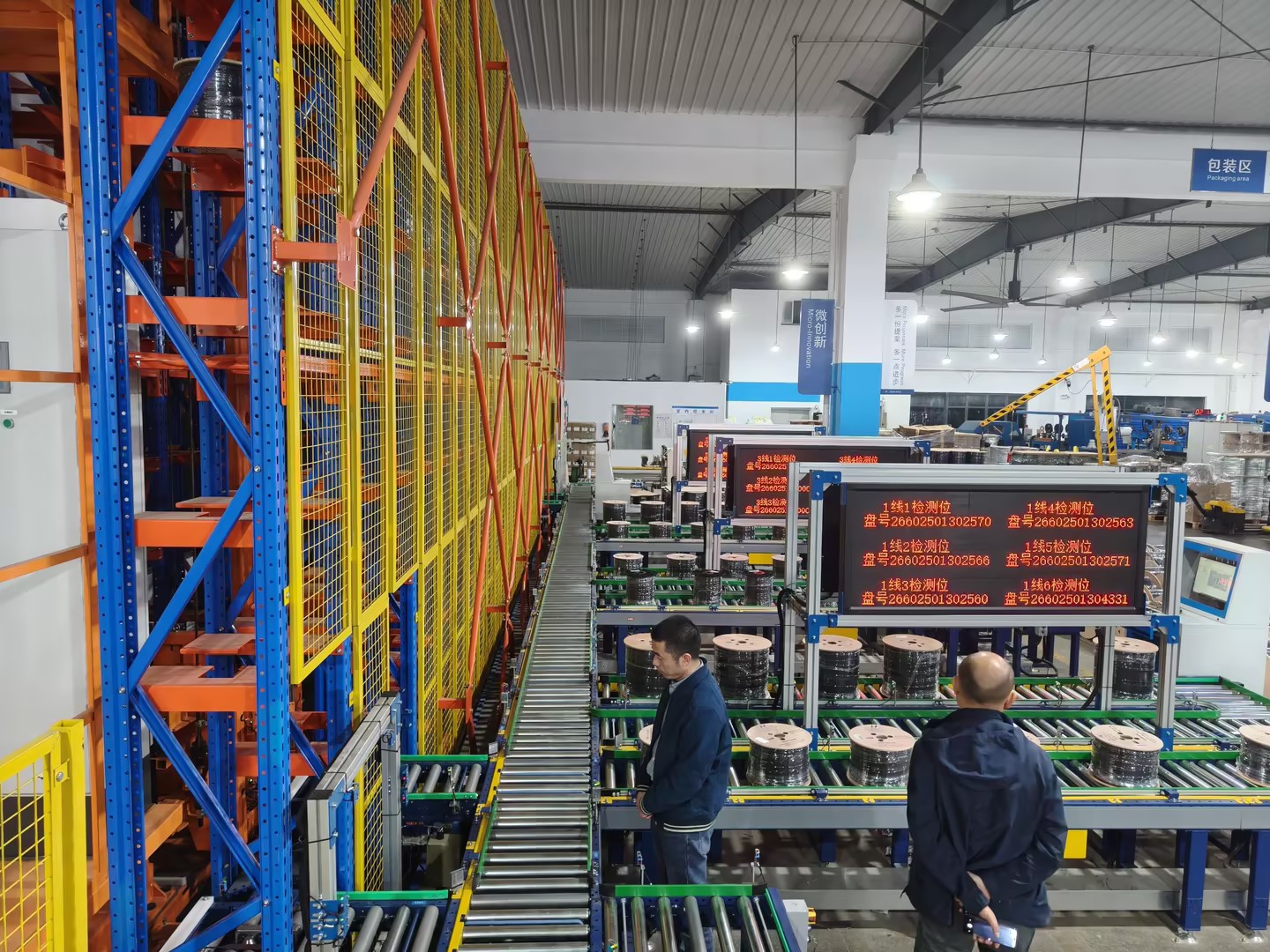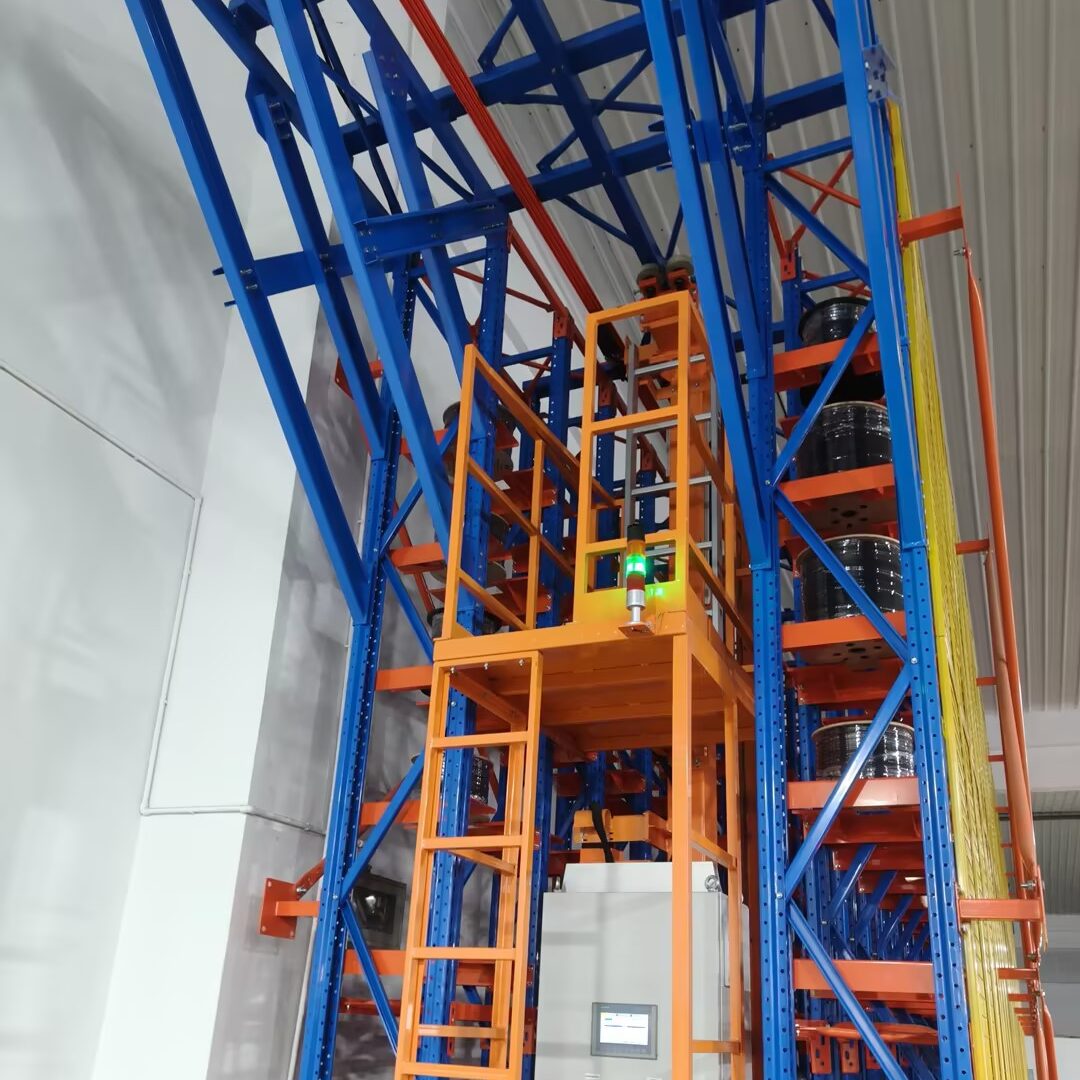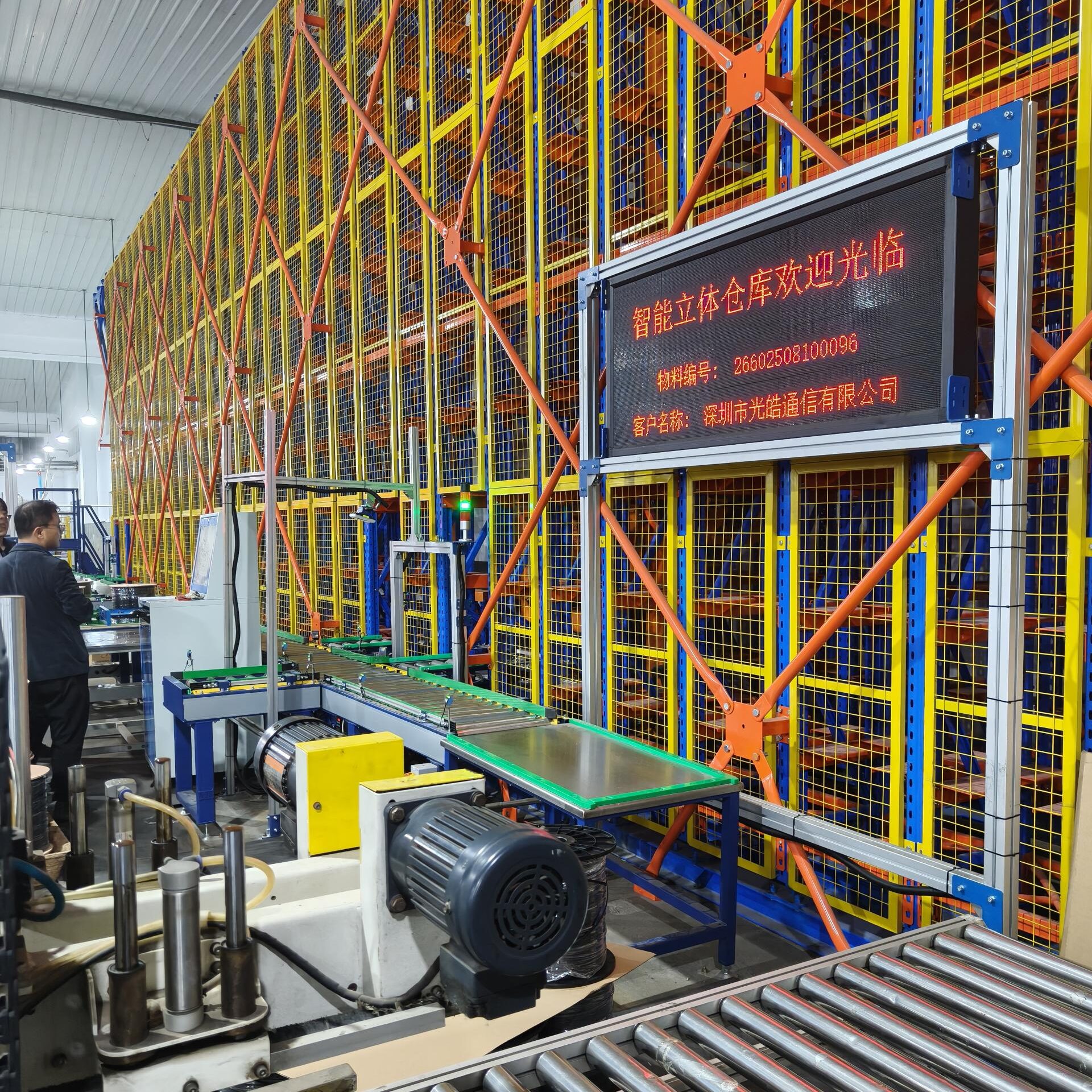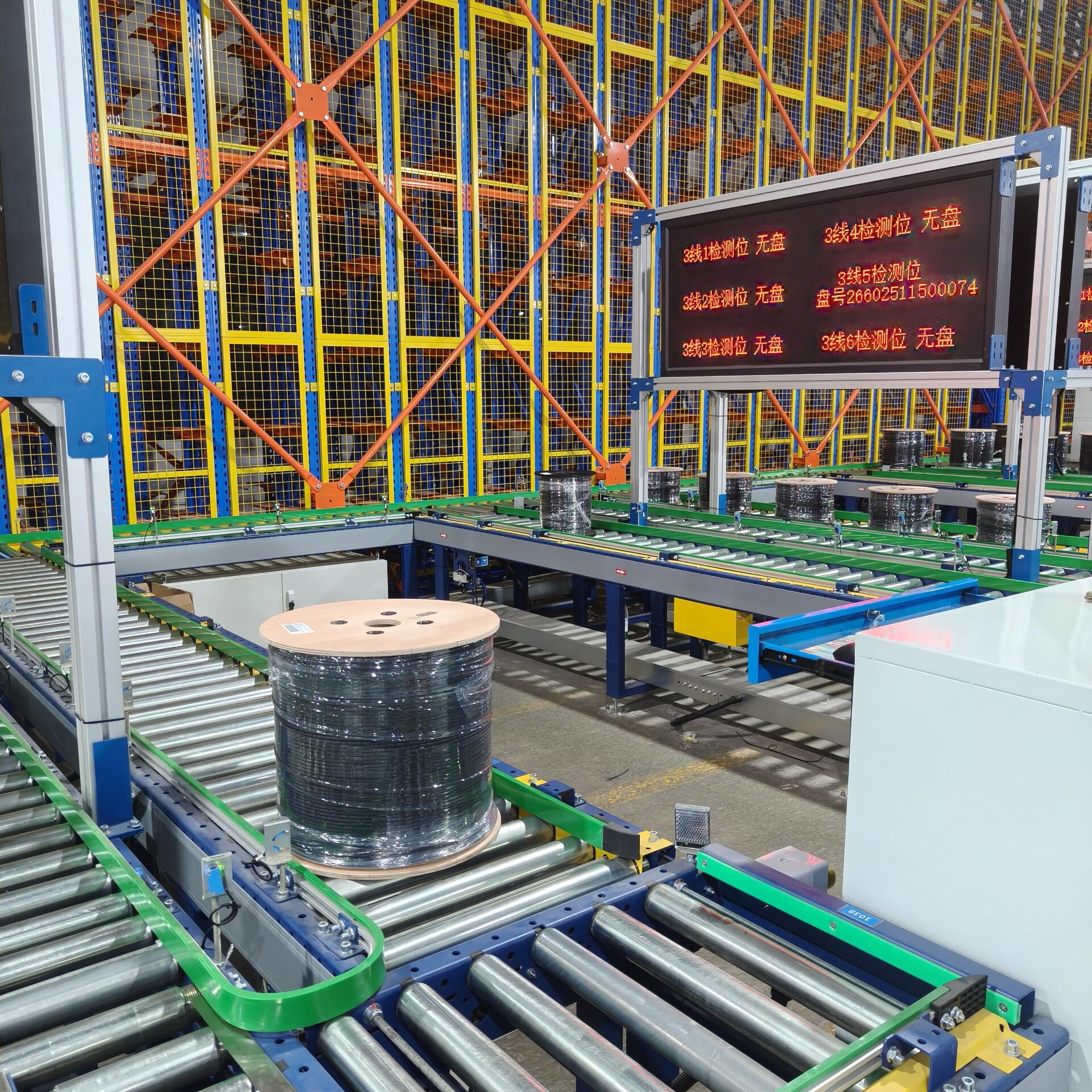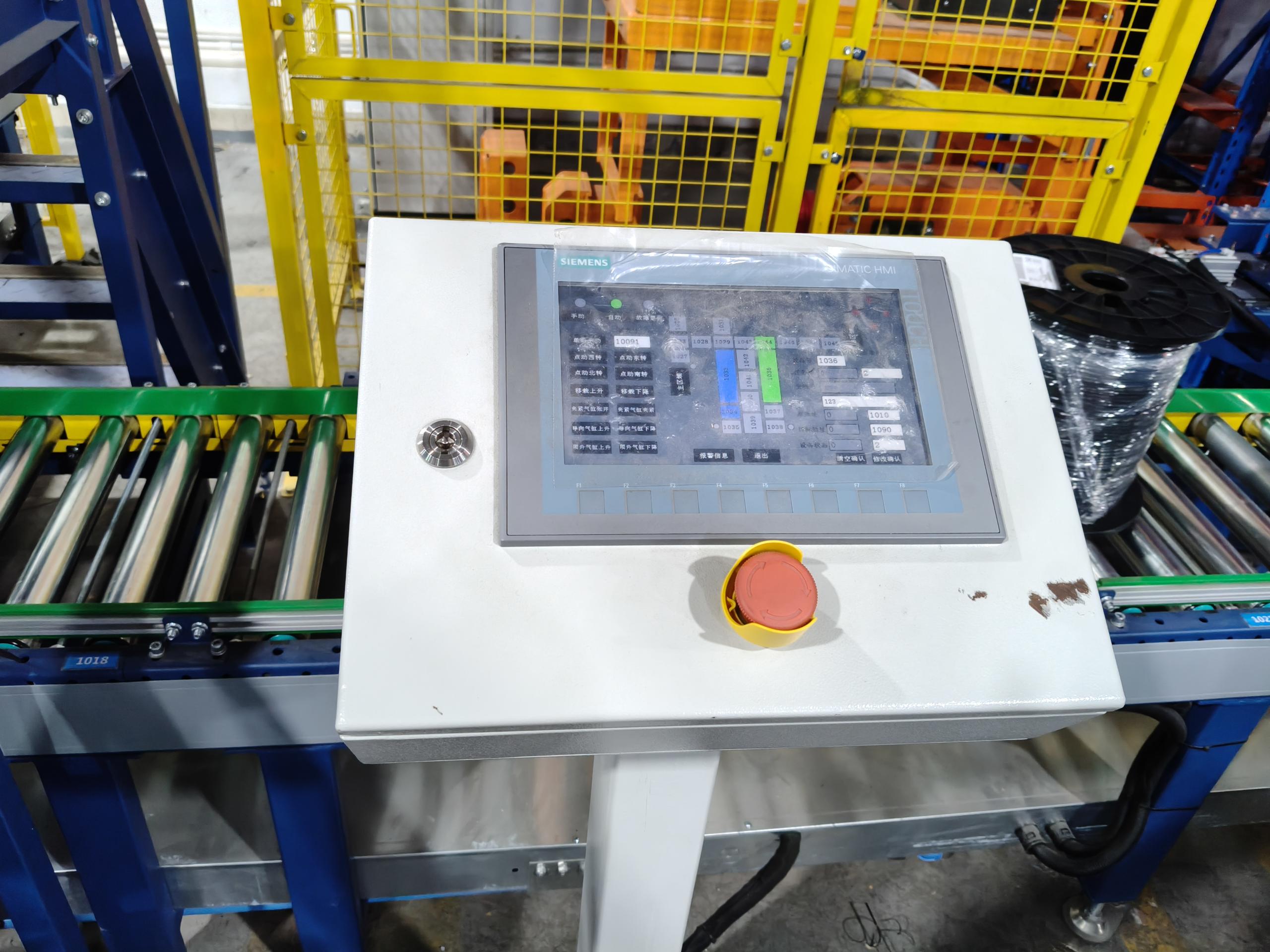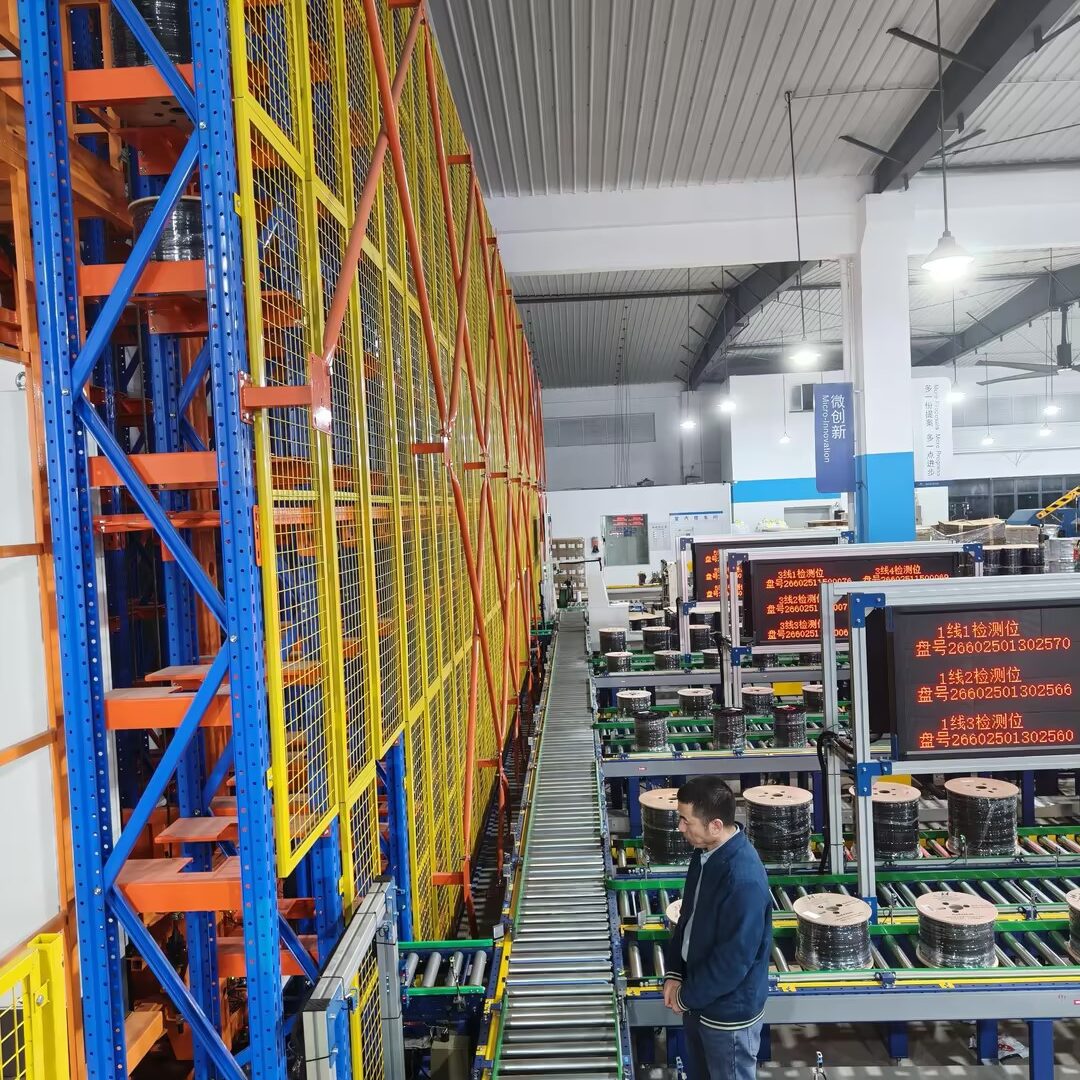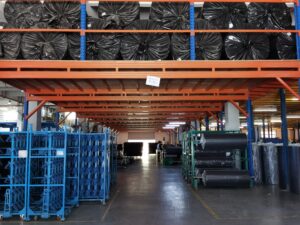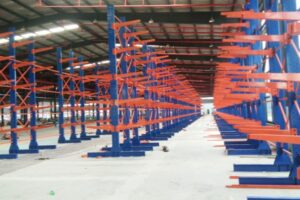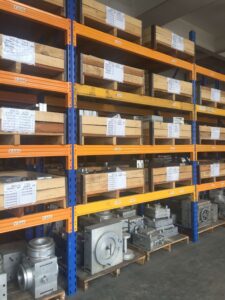The Application of Shelving Technology in the Digital Transformation of Warehousing
The application of shelving technology in the digital transformation of warehousing is an evolving process. It not only improves the efficiency and accuracy of warehousing management but also propels the intelligent development of the warehousing industry. During this transformation process, Storlogi, as a leading warehousing solution provider, has offered numerous enterprises efficient and intelligent warehousing management solutions by introducing advanced shelving technology and information technology. The following is an account of the application of shelving technology in the digital transformation of warehousing.
I.Intelligent Upgrading of Shelving
Intelligent Shelving System
(1) Integration of Sensors and RFID Technology: Through the integration of sensors and RFID technology, intelligent shelving can capture and record information such as the location, quantity, and status of goods in real time. This information is crucial for achieving accurate positioning and tracking of goods.
(2) Data Analysis and Prediction: The intelligent shelving system can also collect and analyze data on goods access. By using big data algorithms to predict inventory demand, it helps enterprises optimize their inventory management strategies, reducing inventory backlogs and capital occupation.
Automated Stereoscopic Warehouse
(1) Stacker Cranes and Shuttle Cars: In an automated stereoscopic warehouse, automated devices such as stacker cranes and shuttle cars are used to achieve the automatic storage and retrieval of goods. These devices can accurately place goods in the designated shelving positions, increasing storage density and the efficiency of storage and retrieval.
(2) Docking with the WMS System: The automated stereoscopic warehouse can seamlessly interface with the Warehouse Management System (WMS), enabling real-time monitoring and management of inventory. By receiving and analyzing data from the intelligent shelving, the WMS can automatically generate storage and retrieval instructions, guiding the automated devices to complete the operations of storing and retrieving goods.
II. Automation and Integration of Shelving
Automated Storage Equipment
(1) Automated Guided Vehicles (AGVs) and Automated Handling Robots: These automated devices can closely cooperate with the shelving system to achieve the rapid handling, storage, and retrieval of goods. By receiving instructions from the Warehouse Management System (WMS), they can automatically plan routes and accurately deliver goods to the designated locations.
(2) Elevators and Conveyor Systems: In large warehouses, elevators and conveyor systems can quickly lift goods from the ground to the shelving levels or transfer them between different shelving levels. These devices greatly improve the speed and efficiency of goods storage and retrieval.
Integrated Warehousing Systems
(1) Multi-layer Shuttle Car System: In multi-layer shelving, shuttle cars can quickly move between different shelving levels to achieve the rapid storage and retrieval of goods. These shuttle cars are usually powered by batteries and are characterized by zero emissions and low noise, making them very suitable for use within warehouses.
(2) Robot Picking System: In some advanced warehouses, robot picking systems have been widely applied. Through visual recognition and robotic arm technology, these robots can automatically pick the specified goods from the shelves and place them in the designated positions. This system significantly improves the picking efficiency and accuracy.
III. Deep Integration of Shelving and Information Technology
Internet of Things (IoT) Technology
(1) Real-time Monitoring and Early Warning: IoT technology can connect the goods on the shelves to the Internet, enabling real-time monitoring and early warning of the goods. When the quantity of goods is lower than the preset threshold, the system will automatically send a replenishment reminder. When there is a fault or an abnormal situation with the shelving, the system will also promptly issue a warning message.
(2) Remote Management and Control: Through IoT technology, enterprises can achieve remote management and control of the shelving. This includes functions such as the on-off control of the shelving, status monitoring, and fault diagnosis. These functions enable enterprises to manage shelving resources more efficiently and reduce operating costs.
Big Data Analysis
(1) Inventory Optimization: By conducting in-depth analysis of the goods data on the shelves, enterprises can more accurately predict market demand and inventory requirements. This helps enterprises optimize their inventory management strategies, reducing inventory backlogs and capital occupation.
(2) Operational Decision-making Support: Big data analysis can also provide operational decision-making support for enterprises. By analyzing the data on goods storage and retrieval on the shelves, enterprises can identify bottlenecks and problems in their operations and formulate corresponding improvement measures.
IV.Case Application and Achievements of Storlogi
Taking a large e-commerce enterprise as an example, after this enterprise introduced Storlogi’s warehousing solution, its warehousing efficiency has been significantly improved. Through the application of the intelligent shelving system and the automated stereoscopic warehouse, the enterprise has achieved rapid storage and retrieval of goods as well as accurate positioning. At the same time, by applying big data analysis technology, the enterprise can more accurately predict market demand and inventory requirements, providing strong support for the enterprise’s operational decision-making. The application of these technologies has not only improved the warehousing efficiency and service quality of the enterprise, but also reduced operating costs and market risks.
Looking ahead, with the continuous advancement of technologies such as the Internet of Things (IoT), big data, and artificial intelligence, as well as the vigorous development of emerging industries like e-commerce and intelligent manufacturing, the application of shelving technology in the digital transformation of warehousing will exhibit a more diversified and intelligent trend. Storlogi and similar enterprises will continue to focus deeply on this field, constantly launching more advanced warehousing solutions that are more in line with market demands, and contributing to the transformation, upgrading, and sustainable development of the warehousing industry. We have every reason to believe that shelving technology will play an even more important role in future warehousing management and become a key force driving the warehousing industry towards intelligence and high efficiency.
 StorLogi
StorLogi
